Description
Ventilation with elisa 800 R-VIT.
Powerful computers, innovative textiles, and modern algorithms have helped electrical impedance tomography (EIT) move from the purely scientific realm to everyday clinical practice. Insufficient sensor density, complicated evaluation strategies, and pressure sores caused by sensor belts are now a thing of the past. With a simple glance, it is possible to locate changes in both dependent and non-dependent lung areas and adjust treatment parameters under direct visual control.
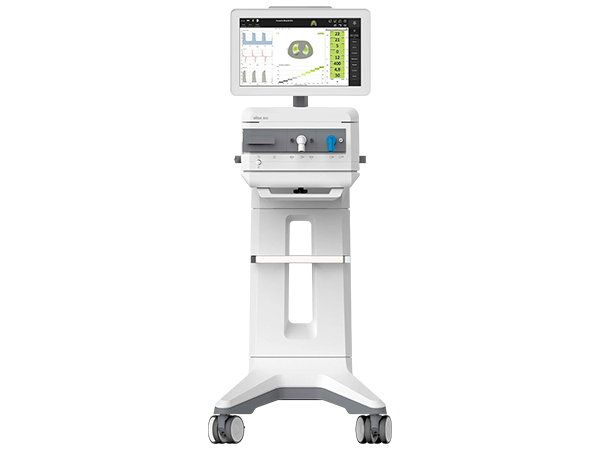
VIT - the imaging navigation system for intensive ventilation.
Electrical impedance tomography (EIT) is a bedside method for reliably, non-invasively, and radiation-free assessment of regional lung function.
Adding the ELISA VIT module to the ELISA 800 R-VIT combines two functions: intensive ventilation and EIT.
This allows for simple and continuous assessment and monitoring of ventilation, lung length, regional compliance, regional tidal volume, and functional lung size, and can be used as a basis for ventilation strategy. EIT thus supports the implementation of lung-protective ventilation, bed positioning, and weaning.

Application of volatile anesthetics
Daily awakening attempts, propofol infusion syndrome, rapid neurological assessment of ventilated patients in intensive care, and reduction of brief reactive psychosis—these are all reasons for using volatile anesthetics in intensive care. We decided to take on this challenge and implemented a comprehensive strategy for "essential safety and performance for anesthesia systems." This encompasses more than just the safe operation of intensive care ventilators and the effects of anesthetic gases on ventilator materials. The Anesthetic function compensates for inspiratory and expiratory resistances in the Anaesthetic Conserving Device (Sedaconda) system, thus preventing a prolongation of mean expiratory time, reducing the risk of air trapping, and ensuring accurate volume measurement.
Optionally, in combination with the LeoLyzer multi-gas sensor, anesthetic gases can be precisely measured and monitored directly with an ELISA.

LEOLYZER - a sedation adapted to optimize ventilation.
In combination with the LEOLYZER multi-gas sensor, it is optionally possible to accurately measure and monitor anesthetic gases directly with elisa.

LEOBRAIN - sedation in accordance with guidelines even in difficult situations.
Löwenstein's LEOBRAIN module allows for easy monitoring of sedation depth at the patient's bedside. By equipping ELISA ventilators with the LEOBRAIN module, EEG-assisted sedation monitoring is possible at any time directly via the ventilator, without additional monitoring devices, and thus becomes an integral part of your ventilation monitoring system.

LEOBRAIN - sedation in accordance with guidelines even in difficult situations.
Löwenstein's LEOBRAIN module allows for easy monitoring of sedation depth at the patient's bedside. By equipping ELISA ventilators with the LEOBRAIN module, EEG-assisted sedation monitoring is possible at any time directly via the ventilator, without additional monitoring devices, and thus becomes an integral part of your ventilation monitoring system.

Cuffscout.
Continuous monitoring and control of the blocked cuff are among the metry measures aimed at reducing the risk of ventilator-associated pneumonia (VAP) in ventilated patients in intensive care units. Intermittent cuff control, often used until now with a manometer, is insufficient to mitigate this risk. That's why we've equipped our successful products with the new "Cuffscout" function. This allows for maintaining and monitoring the cuff pressure prescribed by the user.
In addition, our devices immediately detect faulty cuffs and leaks, and feature an algorithm for cough detection. This further simplifies individual cuff adjustments.

Transpulmonary pressure monitoring.
In the era of lung-protective ventilation, ventilation efficiency can be optimized through targeted measurements of the dead space/tidal volume ratio. Capnography, as a graphical representation of expiratory CO2 concentration, is an essential component of bedside monitoring for ventilated patients. Capnography non-invasively and in real time represents CO2 kinetics. In daily routines, it primarily allows for the identification of correct intubation and adjustment of the minute respiratory volume. However, capnography, particularly in its volumetric form, which is not yet widely used in hospitals, can provide much broader and clinically valuable additional information. This includes monitoring and optimizing ventilation, as well as assessing gas exchange. The healthcare team thus obtains clinical parameters for bedside decision-making that, until now, could only be obtained through more complex, invasive, and non-automated procedures.

LEOLAC - automatic regulation of oxygen therapy.
Automatic regulation of inspiratory oxygen concentration based on pulse oximetry allows for oxygen delivery according to guidelines. High O2 concentrations can lead to unexpected events. The spectrum ranges from inflammatory airway reactions and resorption atelectasis to seizures and increased in-hospital mortality. During high-flow oxygen therapy and ventilation, oxygen saturation must be closely monitored, and the inspiratory oxygen concentration must be continuously adjusted to the individual therapeutic range. LEOCLAC, based on integrated pulse oximetry, allows for continuous adjustment of the inspiratory oxygen concentration to the defined therapeutic range. Compatible with invasive or non-invasive ventilation and high-flow therapy, LEOCLAC continuously evaluates pulse wave quality and detects potential artifacts. Various sizes and models of SpO2 sensors are available for LEOCLAC. Heart rate, oxygen saturation, and plethysmography waveform can be monitored independently by LEOCLAC. An intelligent graph facilitates the assessment of FiO2 regulation.
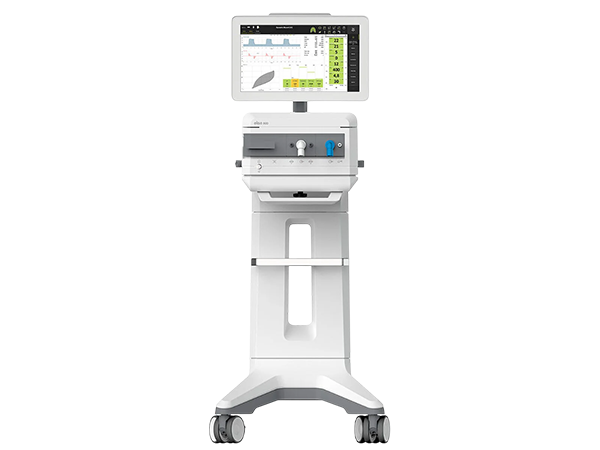
PEEPfinder.
It is well established that the ventilation-synchronous collapse and reopening of lung zones in patients with ARDS significantly damages lung tissue. In particular, ventilation-synchronous opening and closing (alveolar cycling) of lung zones represents an independent risk factor for increased mortality. The PEEPfinder can be used to optimize ventilator settings and thus assists in lung-protective ventilation. The maneuver is performed within a safe window and can be combined with a preoxygenation function. The extended quasi-static P/V Tool assists the user in stress assessment. Intelligent algorithms and comprehensive safety features allow for the easy determination of lung elastic properties. Extensive assessment options are available for this purpose. Graphical assessment support for detecting inflection points, collecting stress indices, and up to ten reference loop recording options simplify the implementation of ventilation.
Product features
High-flow oxygen therapy
Ventilation non invasive



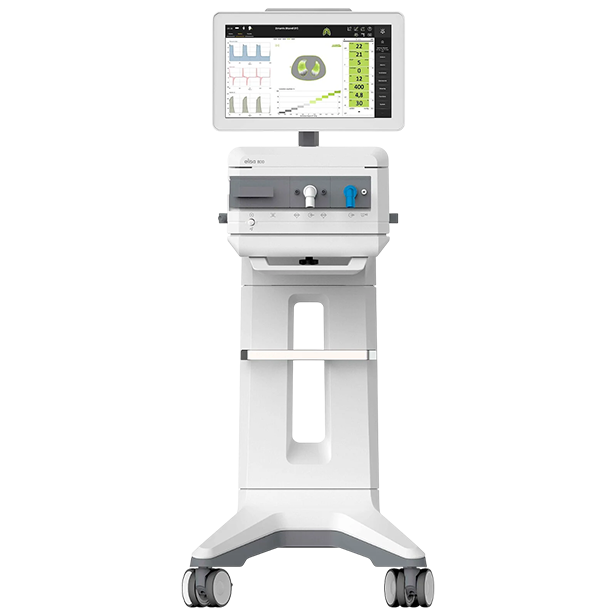




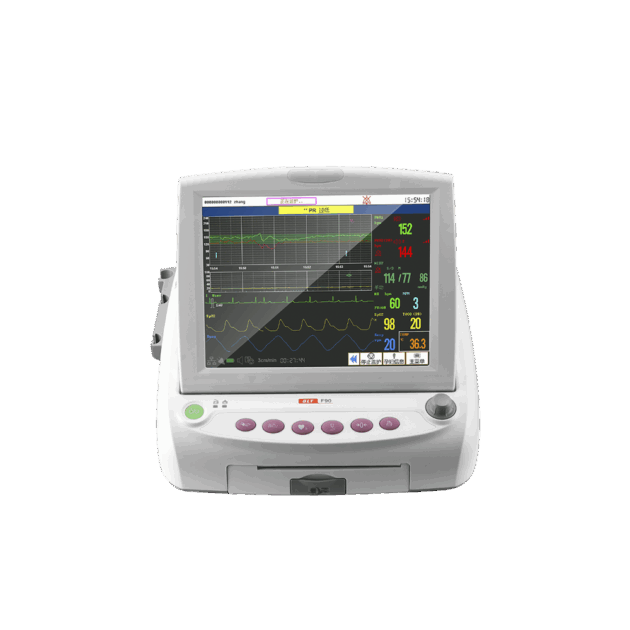
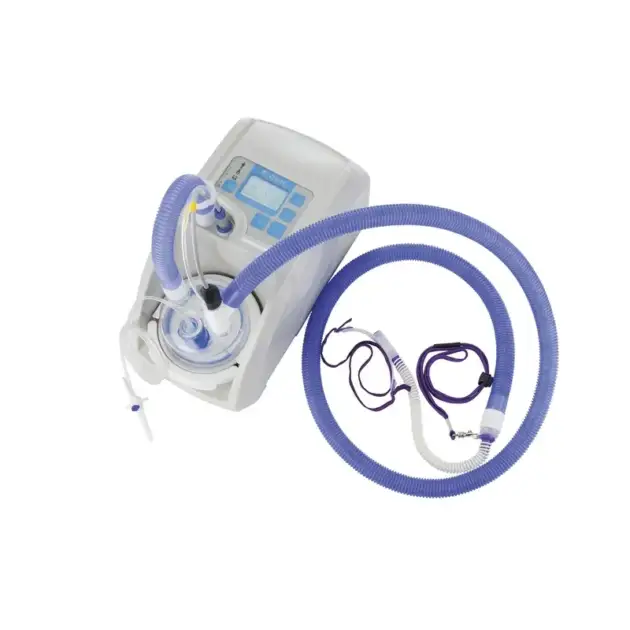
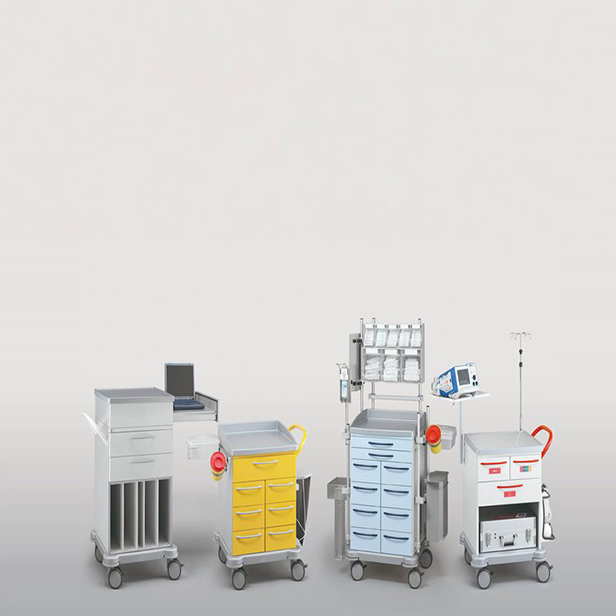
Reviews
There are no reviews yet.